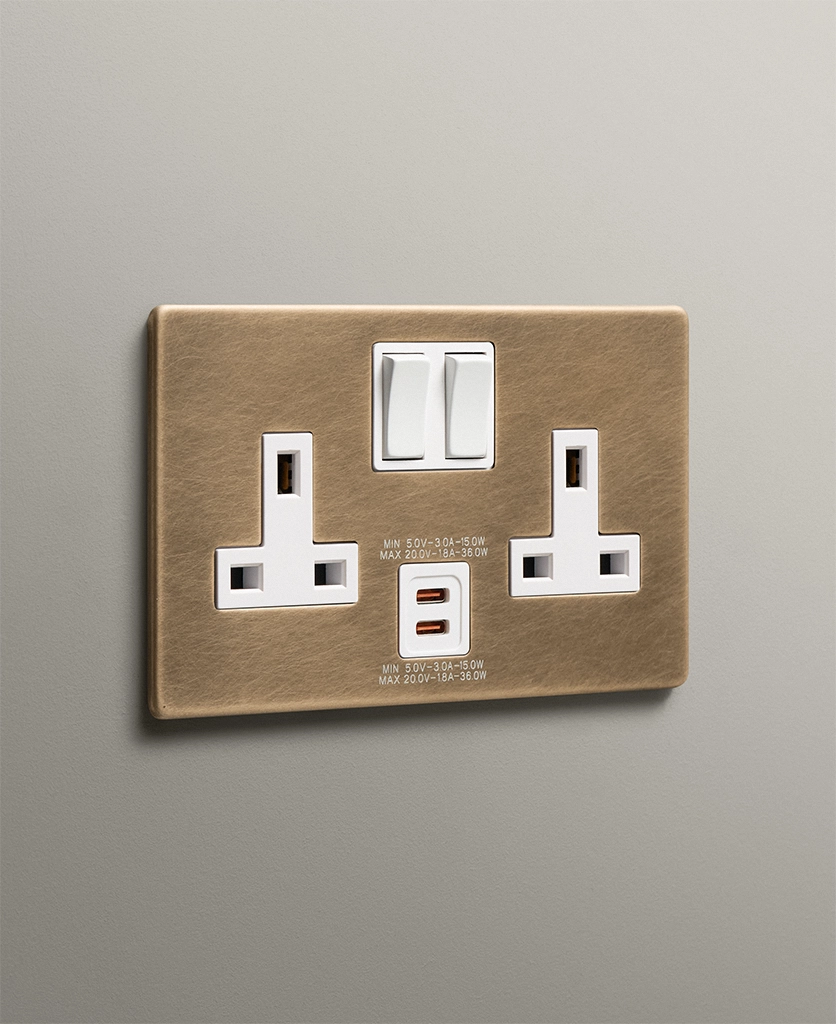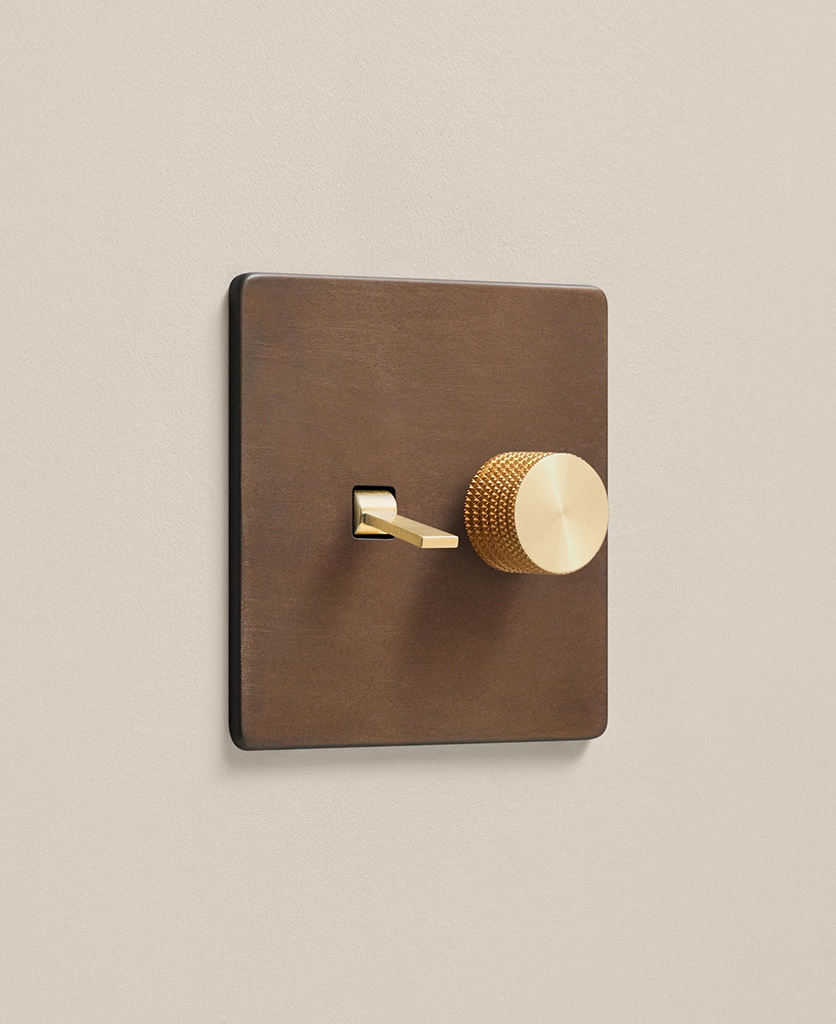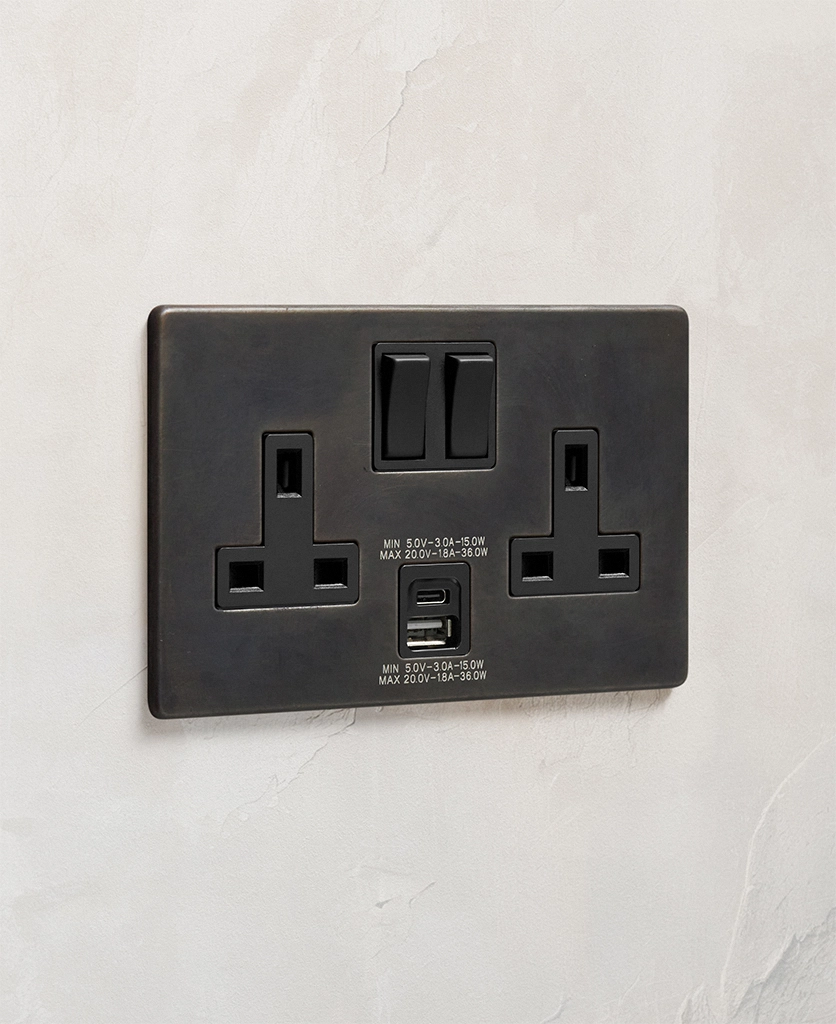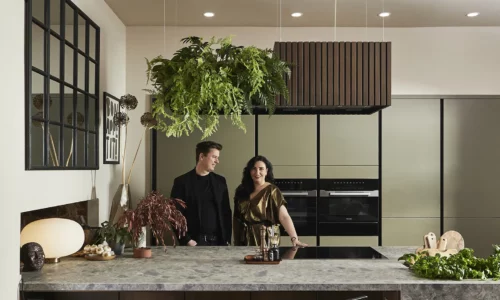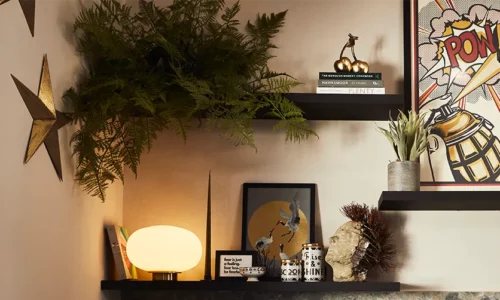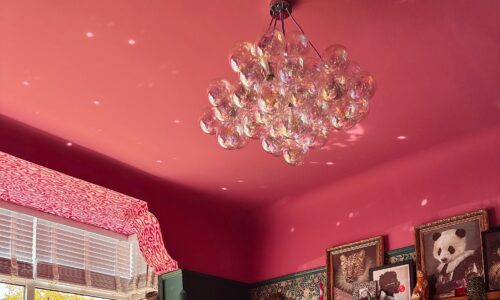How To Create A Lighting Plan For Your Home
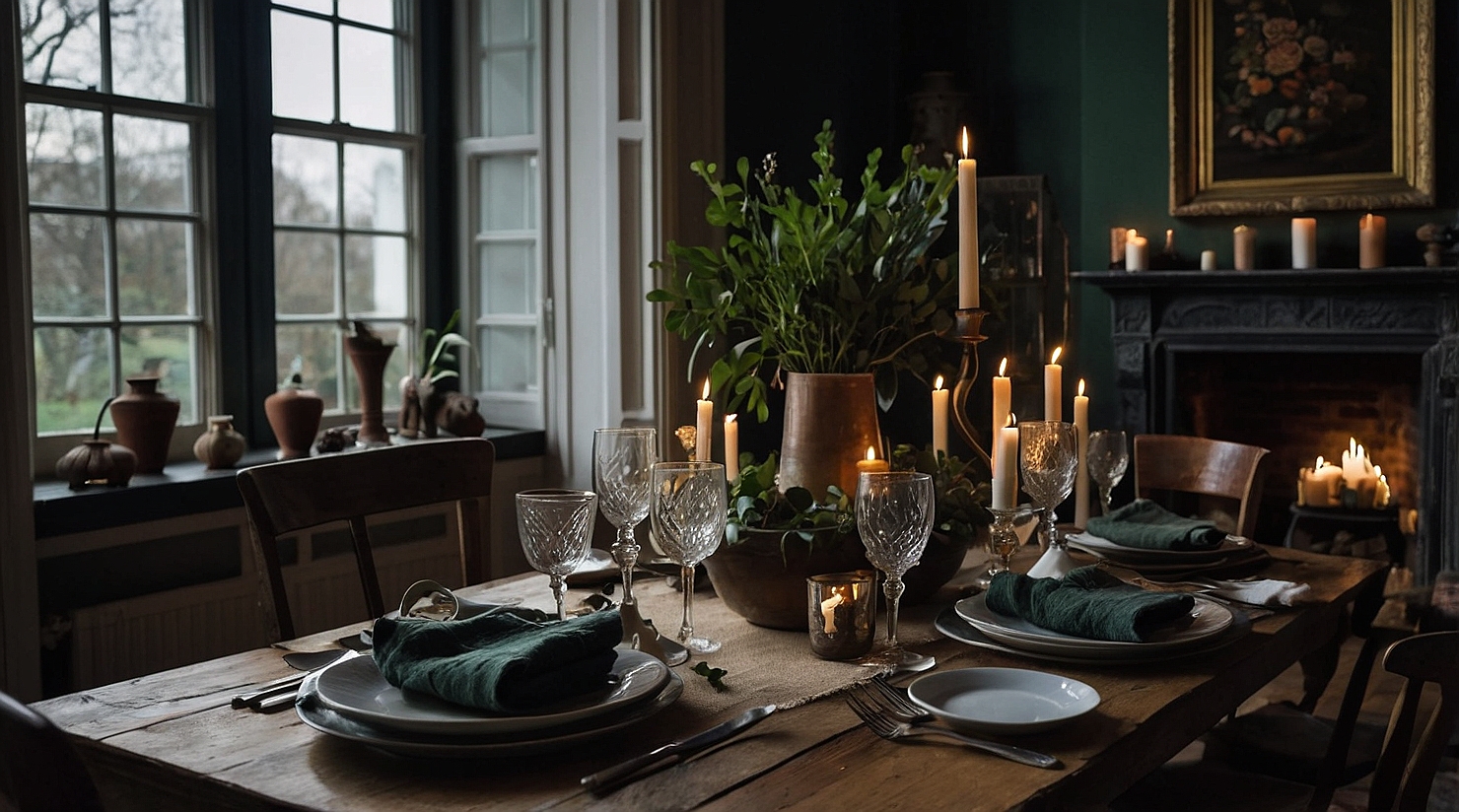
Switching on the lights in your newly renovated living room, you’re glad you took the time to draw up a detailed lighting plan for the space. Every corner of the room is beautifully illuminated, with ambient, accent, and task lighting positioned in just the right places.
Knowing exactly where to place your lights and lamps is essential for creating comfortable, functional, and well-lit spaces.
Discover how to design a lighting plan for your home in just 5 steps.
What is a lighting plan and why is it important to have one?
When designing a space, lighting should never be an afterthought. Choosing the right lighting can make or break the atmosphere of the room, which is why it can be useful to create a lighting plan.
A lighting plan is a visual representation of all the light sources in a room. It typically consists of a to-scale floor plan with all your light fixtures, furniture, and light switches and sockets included. It will also usually indicate what type of lighting will be used and how it will affect the room.
“Layered lighting is the key to creating atmosphere — combining ceiling lights, wall fittings and lamps lets you shape the mood of a room throughout the day,” says Ally Dowsing-Reynolds, Interiors Expert and Co-founder
Planning your lighting scheme like this gives you a realistic overview of how much light is needed and where each light source should be placed to properly illuminate the space. A good lighting plan can transform any room from dark and depressing to bright and welcoming, so knowing how to create one is a great skill to have.
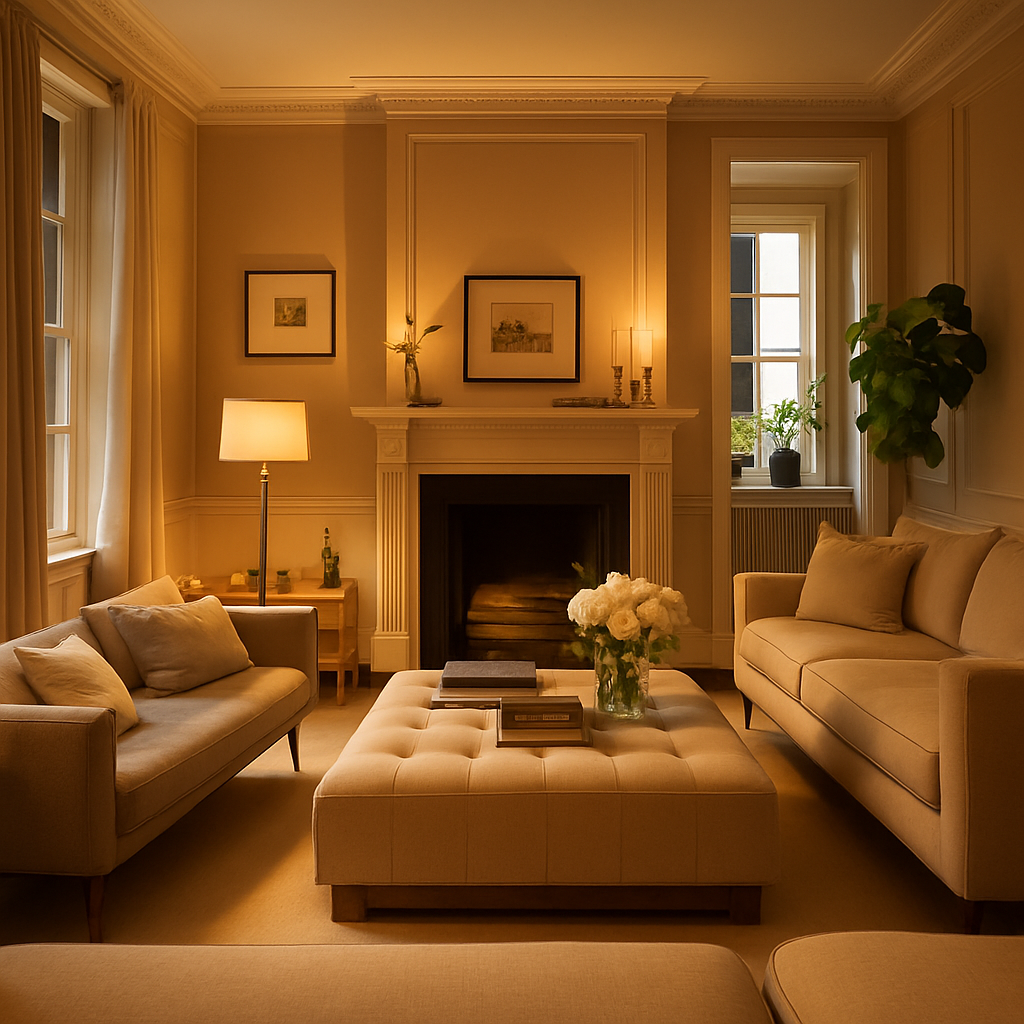
How to make a lighting plan in 5 simple steps
1. Think about each room’s lighting requirements
Before you even begin drawing up your lighting plan, it’s important to consider the lighting requirements for each room. This will help ensure that your home is well-lit and that each room has the right type of lighting for its purpose.
Some of the questions you should ask yourself include:
- What is the room used for? If it’s a space primarily used for relaxing, you’ll want to choose lighting that makes you feel relaxed. This could mean using light bulbs with a warm colour temperature rather than a cool colour temperature.
- Where does the natural light come from? If a room has big windows that let in lots of natural light during the day, you might not need as much task lighting in that area, for example.
- How many lumens do you need? This can be calculated based on the size of your room and its function – see our guide on how many lumens you need in a room for more information.
2. Draw up a basic plan of each room
Next, draw up a plan of each room in your home. It should be roughly to scale – using graph paper can help with this.
Start by marking out the shape of the room with a pencil and ruler, then add in all fixtures that can’t be moved, such as windows, doors, and fireplaces. You can also add large pieces of furniture that you don’t want to rearrange, such as sofas or sideboards.
‘The best advice I can give on creating a lighting plan is to really think about how you’ll use the space and where you’ll position large furniture like sofas and beds’, says Ally Dowsing-Reynolds, lighting expert and co-founder of Dowsing & Reynolds. ‘If you do this, you’ll always have enough sockets in the right places to layer up floor and table lamps. Plus, you’ll have wall and ceiling lights where you need them rather than accidentally hidden behind a wardrobe.’
3. Consider your switches and sockets
The next step is to identify where your plug sockets are located and add them to your lighting plan. You might be restricted in where you can place table and floor lamps depending on how many sockets you have available, so it’s important to identify them before deciding where your lighting fixtures will go.
If your room seems to be lacking switches and plug sockets, you might want to add new ones to your room before implementing your lighting plan. Choose sockets in a finish that complements your space for a cohesive and put-together look.
4. Add all the different types of lighting
Finally, mark where you would like to place each light source and what type of light it will be, referring to the answers you wrote down in Step 1 to help inform your decisions.
The best way to create comfortable and multifunctional spaces is by layering your lighting. Each room should have a combination of ambient lighting, task lighting, and accent lighting.
Think carefully about where you’ll place each type of light, for example, pendant lights above the kitchen island or a floor lamp next to a reading chair. Consider where the darkest areas of your room are and make sure you have plenty of light to illuminate them.
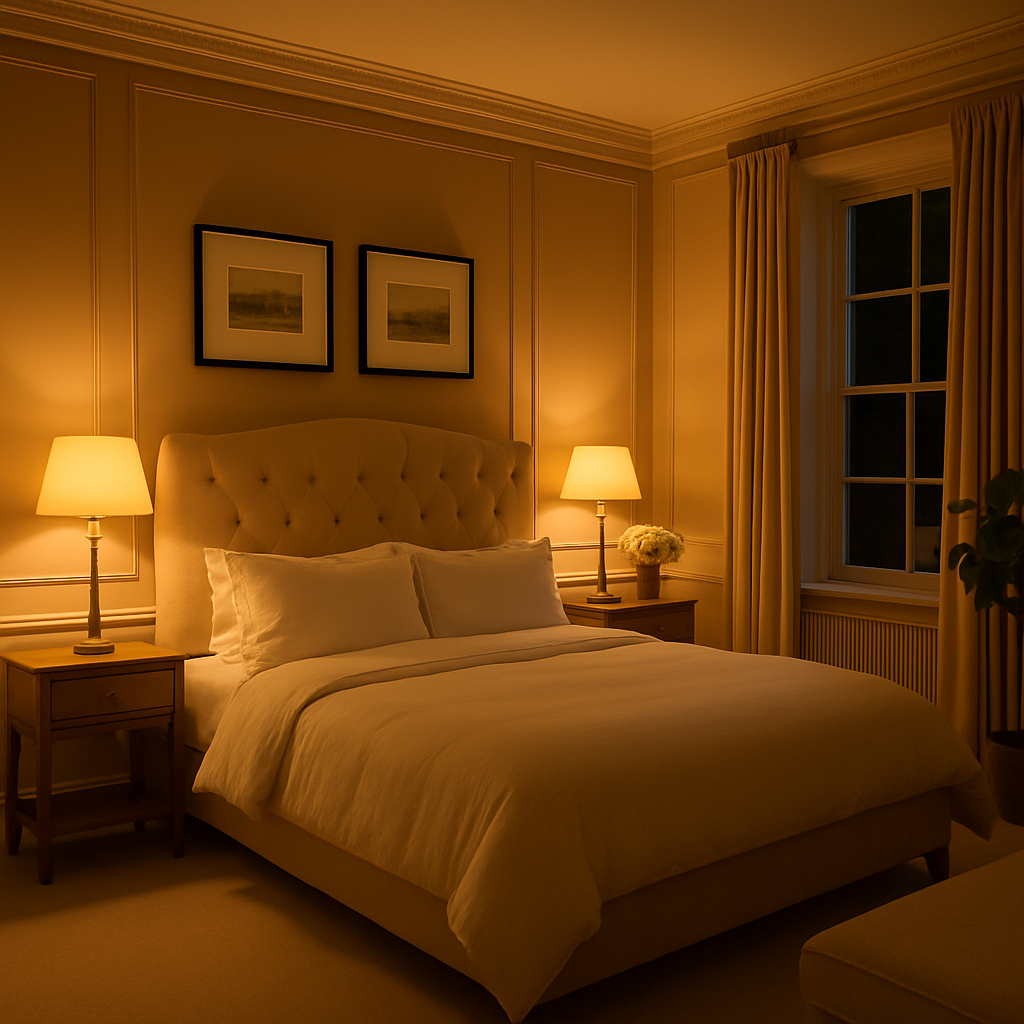
5. Install your lights and make adjustments if necessary
Although the lighting plan will give you a good idea of how your room will look when illuminated, the only way to be certain that you’ve got it right is to put it into practice.
Install your lighting and see if it meets your expectations. If the lighting feels unbalanced or there are still areas with lots of shadows, adjust your lighting to achieve optimal lighting quality. This could be as simple as moving your floor and table lamps to different areas in the room or adding dimmer switches to your overhead fixtures.
Show us your beautifully lit interiors
We’d love to see how you’ve used this guide to create the perfect lighting plan for your home. Tag us on Instagram @dowsingandreynolds – we can’t wait to see what you’ve come up with!

